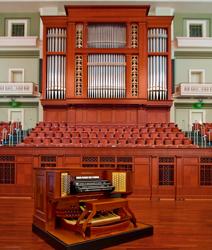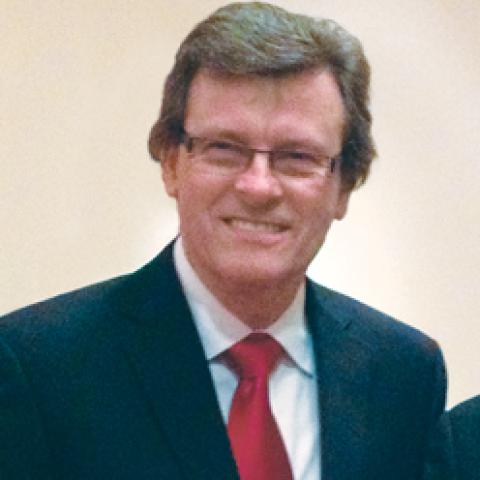
The Nashville Symphony’s recording of works by the late composer Stephen Paulus earned a GRAMMY® for Best Classical Compendium at the 58th annual awards ceremony on February 15. Heard on this world premiere recording is the 47-stop, 64-rank organ built in 2007 by Schoenstein & Co. for the Schermerhorn Symphony Center in Nashville. Maestro Giancarlo Guerrero was conductor and Nathan Laube was organ soloist for the three-movement Grand Concerto for organ and orchestra.
Schoenstein president Jack Bethards credits American Guild of Organists programming for inspiring the recording: “Immediately after Nathan Laube’s electrifying performance of the Paulus at the 2012 National Convention, Maestro Guerrero decided that the work must be recorded and that Nathan must return. It is this caliber of playing that can make organists the equal of our great pianists and violinists in the minds of sophisticated concert audiences.”
Employing hymn fragments, the Grand Concerto is a work of sweeping gestures and melodies as well as wide contrasts of mood and texture. The CD is NAXOS 8.559740.
For information, contact Jack Bethards: [email protected], www.schoenstein.com.
Shown in the photo: Schoenstein Opus 154, Schermerhorn Symphony Center, Nashville (photo credit: Louis Patterson)




